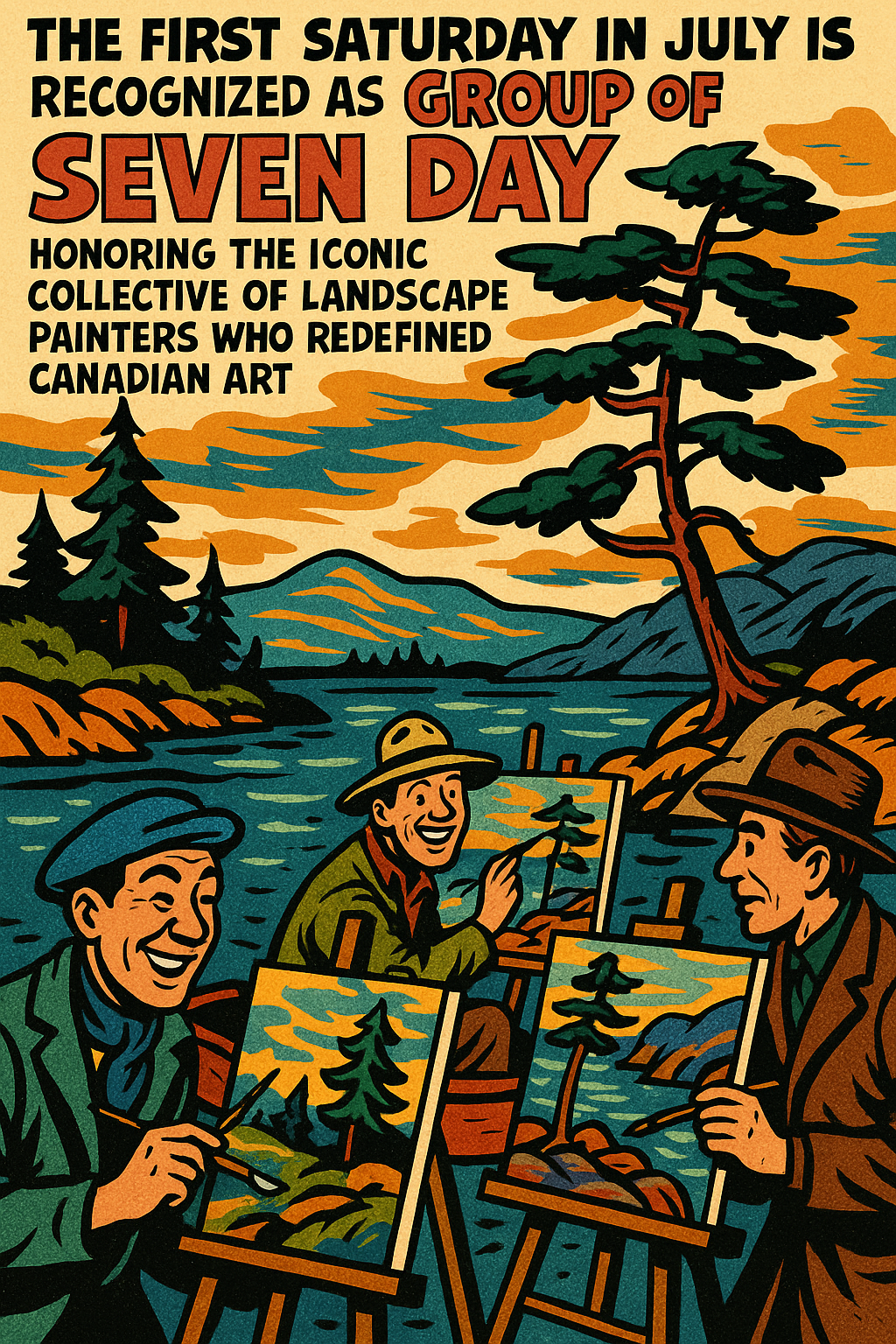
Today In Canadian History July 7: A Northern Vision: The Group of Seven and Canadian Identity
Share
On this day, we celebrate a revolution not of politics, but of paint. The first Saturday in July is recognized as Group of Seven Day, honouring the iconic collective of landscape painters who dared to see the Canadian wilderness through a new, distinctly Canadian lens. Forged in the early 20th century, the Group of Seven—and their inspirational forerunner, Tom Thomson—broke from the traditions of European art to create a visual language that was as rugged, vibrant, and untamed as the country itself.
Before the Group of Seven, the Canadian landscape was often depicted in a softer, more pastoral European style. But these artists—Franklin Carmichael, Lawren Harris, A. Y. Jackson, Frank Johnston, Arthur Lismer, J. E. H. MacDonald, and F. H. Varley—saw something different. They ventured into the near-north of Ontario, to Algonquin Park and the Algoma region, travelling by canoe and boxcar, and captured the land with bold brushstrokes and brilliant, often unconventional, colours. They painted the windswept pines, the stark granite of the Canadian Shield, and the shimmering, cold waters of northern lakes.
Their 1920 debut exhibition was met with mixed reviews, with some critics decrying their style as garish and crude. But they tapped into a burgeoning sense of national identity in a country still coming into its own after the First World War. Their powerful, spiritual, and sometimes lonely depictions of the wilderness helped Canadians see their own country with fresh eyes. Today, their work is celebrated as a cornerstone of Canadian culture, a testament to a group of artists who didn't just paint the landscape, but helped to shape a nation's soul.
